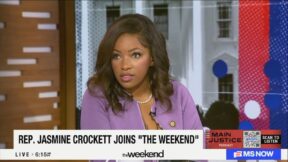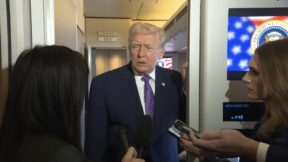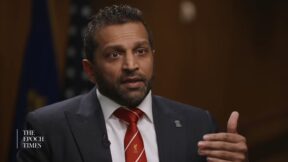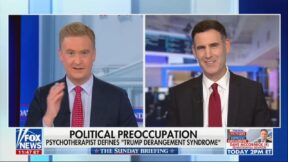Trump Aims to End Policy That Was the Only Reason Tesla Is Still Profitable
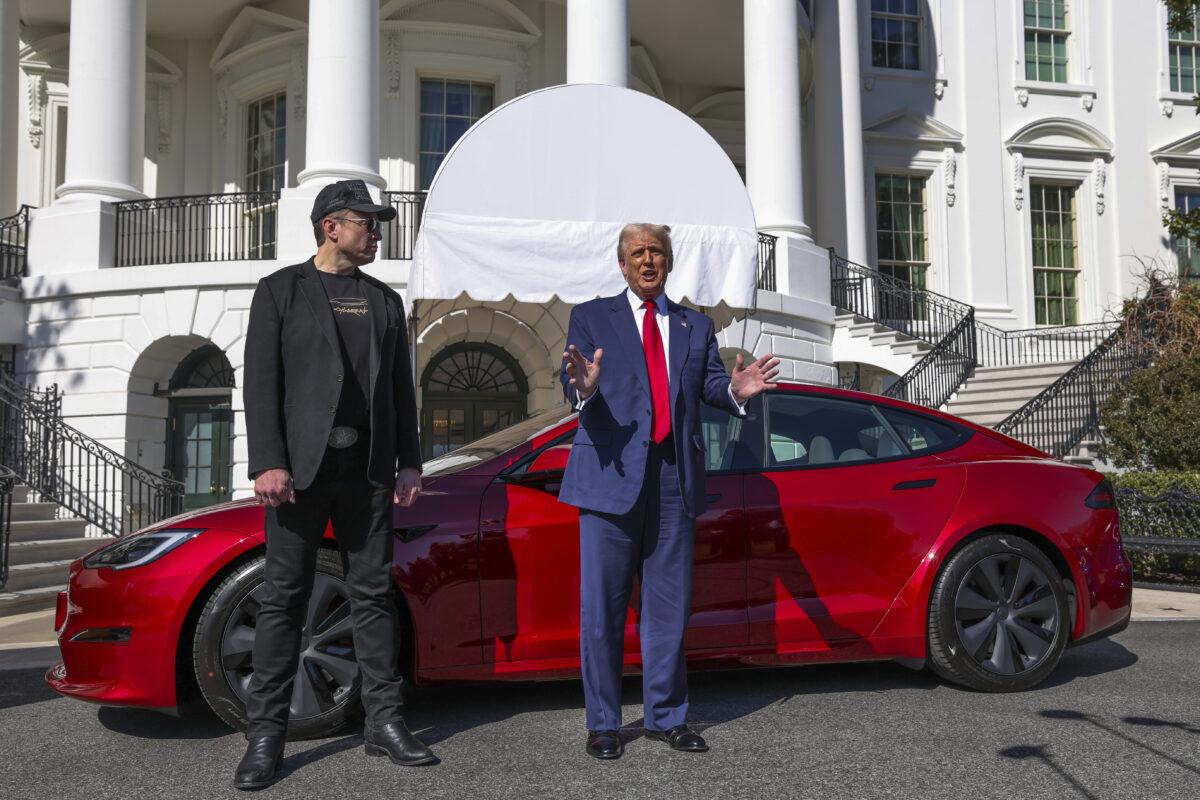
Pool via AP
President Donald Trump has tossed more than a few favors at Elon Musk’s Tesla, from literally holding a promotional photo op for the electric vehicles at the White House to escalating the acts of vandalism and arson directed at Teslas to a matter for Attorney General Pam Bondi, who dubbed it “domestic terrorism.” But one policy initiative of Trump’s second term has the potential to completely wipe out Tesla’s profits.
Tesla has been dealing with crashing sales numbers worldwide as Musk’s political views and role with DOGE in Trump’s administration have repelled many of the people who would otherwise be inclined to buy an electric vehicle. As Musk’s political profile has grown, it has led to an increasingly partisan divide in Tesla’s favorability ratings, and the company is facing competition as more EV manufacturers enter the market and improve their products.
Industry reports in February showed that Tesla sales overall fell worldwide last year, even though overall sales of EVs were increasing. The high cost for many Tesla models is a limiting barrier for consumers, and the Cybertruck, which starts at a base price of about $80,000 up to more than $100,000 for many models, has been particularly plagued with safety concerns, quality complaints, and a series of embarrassing recalls.
Trump’s tariffs have walloped the Tesla, Inc. stock price, with the shares taking more of a beating than most other tech stocks during the market bloodbath that followed the president’s announcement. Tesla’s Q1 earnings report was widely viewed as disastrous, with net income plummeting 71% and falling far below even the already gloomy analysts’ predictions.
But as bad as Trump’s tariffs and Musk’s political misadventures have been for Tesla, it’s the president’s push to end the emissions regulations that allow the electric vehicle maker to claim — and then sell for a hefty profit — hundreds of millions of dollars of regulatory credits.
Tesla’s Q1 earnings report showed that it had a profit of $409 million, CNN reported on Monday. The company managed to stay in the black thanks to selling $595 million of regulatory credits to other auto manufacturers.
Without the regulatory credits sales, Tesla lost about $186 million trying to build and sell its product line.
According to CNN, the Trump administration is targeting both federal emissions regulations and the stricter state standards in California and eight other states that are set to ban the sale of traditional internal combustion engine, gasoline-powered vehicles by 2035.
If those regulations are eliminated, the hundreds of millions of dollars of credits that Tesla has been able to rack up every year go up in smoke too.
Those credits have been a key factor in Tesla’s survival from its early years to growing into the massive profit center that made Musk the world’s richest man and helped fund his other ventures like SpaceX and the purchase of Twitter. The sale of regulatory credits kept Tesla afloat until the vehicles and solar energy products could be profitable.
Since 2021, Tesla has brought in $8.4 billion in revenue from selling regulatory credits, nudging the company into profitability in Q2 of 2021 and maintaining a positive balance sheet until this quarter.
Further putting the squeeze on Tesla’s finances is the expected impact of the tariffs. Even though Tesla is based in the U.S., it still imports key auto parts and manufacturing supplies.
CNN’s report noted that some analysts were still “bullish on Tesla stock” despite believing “there has been lasting brand damage,” but they were basing that optimism on the announced upcoming rollout of “robotaxis” that are supposed to launch in Austin, Texas to provide driverless rides to passengers using a new proprietary Uber-like ride service, as well as Musk’s claims about a new “Optimus Prime” humanoid robot.
Musk has claimed these robots will start work in Tesla factories later this year and eventually be sold to consumers to do household chores, as well as making aggressively confident predictions about how profitable the robotaxis and Optimus Prime robots will be.
Tesla’s current fleet of vehicles has struggled with “full self driving” (FSD), and other carmakers, including GM and Ford, have tabled their own plans for self-driving taxis due to the immense time and resources needed to develop such a product and make it profitable.
The CNN article notes that Musk has a long track record of unwarranted optimism when it comes to his claims about Tesla products:
And Musk has been promising Tesla’s robotaxis were about a year away for at least six years now, and even he admits the company has not lived up to previous predictions about the company’s timeline for its “full self driving” or FSD, capabilities.
“I’m the boy who cried FSD,” he said in a call with investors in July 2023. And even when rolling out his latest plans for robotaxis in October, he admitted, “I tend to be a little optimistic with time frames.”
–

